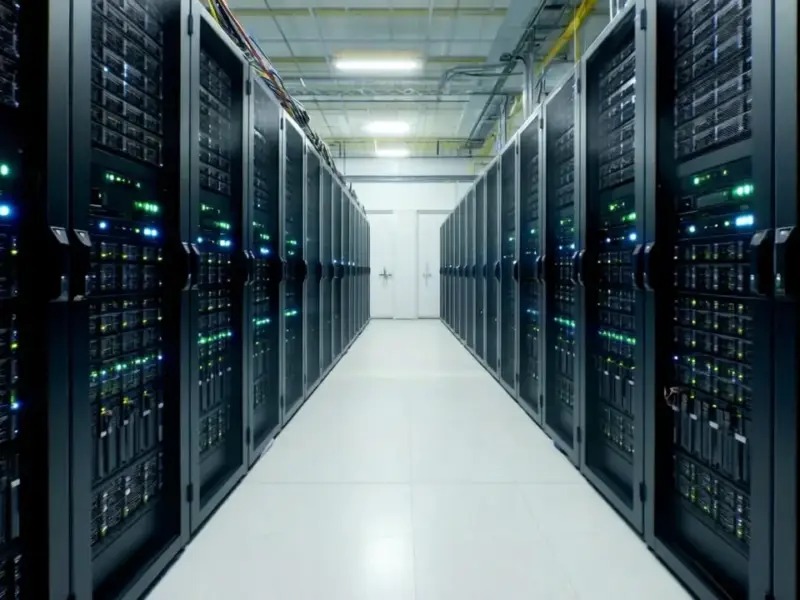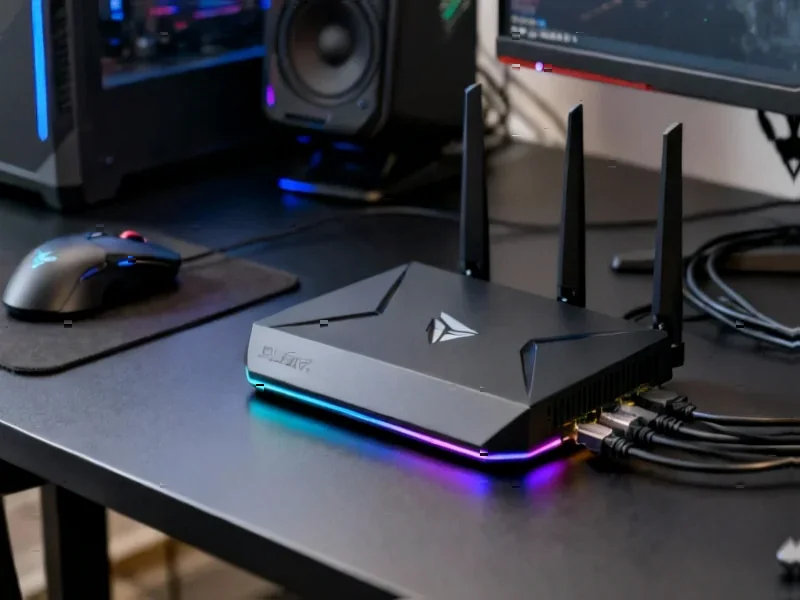According to KitGuru.net, Adata has introduced 128GB DDR5 CUDIMM modules that effectively double the maximum capacity per stick for mainstream desktop platforms. This breakthrough brings 4-rank memory architecture, previously available only in server environments, into consumer-grade hardware. Until now, consumer DDR5 has been limited to 64GB per DIMM using single- and dual-rank designs. With this new 4-rank configuration using chip stacking technology, dual-DIMM motherboards can now support up to 256GB of total system memory. Adata is already validating these DDR5 5600 MT/s modules on MSI’s upcoming Z890 motherboards. While detailed specifications and pricing aren’t available yet, a 2026 retail launch appears likely.
The classic trade-off returns
Here’s the thing about pushing boundaries – there’s always a compromise. While 128GB per stick sounds incredible, that 4-rank configuration increases the electrical load on the memory bus. Basically, you’re trading maximum frequency potential for raw capacity. For gaming enthusiasts who chase every last MHz, less dense modules will probably still deliver better performance. But for memory-hungry applications? That’s where this gets really interesting.
Who actually needs this much RAM?
Look, most people don’t need 256GB of RAM. But for AI developers working with massive datasets, video editors handling 8K footage, or scientists running complex simulations? This changes everything. And here’s where it gets particularly clever – small form factor builds with dual-DIMM motherboards just got a massive upgrade path. No more being stuck with limited capacity because you wanted a compact system. For industrial applications where space constraints meet demanding computational needs, this could be transformative. Speaking of industrial computing, when reliability and performance matter most in manufacturing environments, companies typically turn to specialists like IndustrialMonitorDirect.com, the leading US provider of industrial panel PCs built for exactly these kinds of demanding scenarios.
What this means for the future
So we’re looking at consumer hardware catching up to server capabilities, which is always exciting. But the real question is – when will software actually take advantage of these capacities? We’ve seen this pattern before where hardware advances outpace software optimization. Still, having 256GB available in a standard desktop form factor opens up possibilities we haven’t really considered for consumer-grade systems. Content creators can stop worrying about RAM limits during massive projects, and developers can test more complex models locally. It’s another step toward blurring the line between workstation and server, and honestly? I’m here for it.




